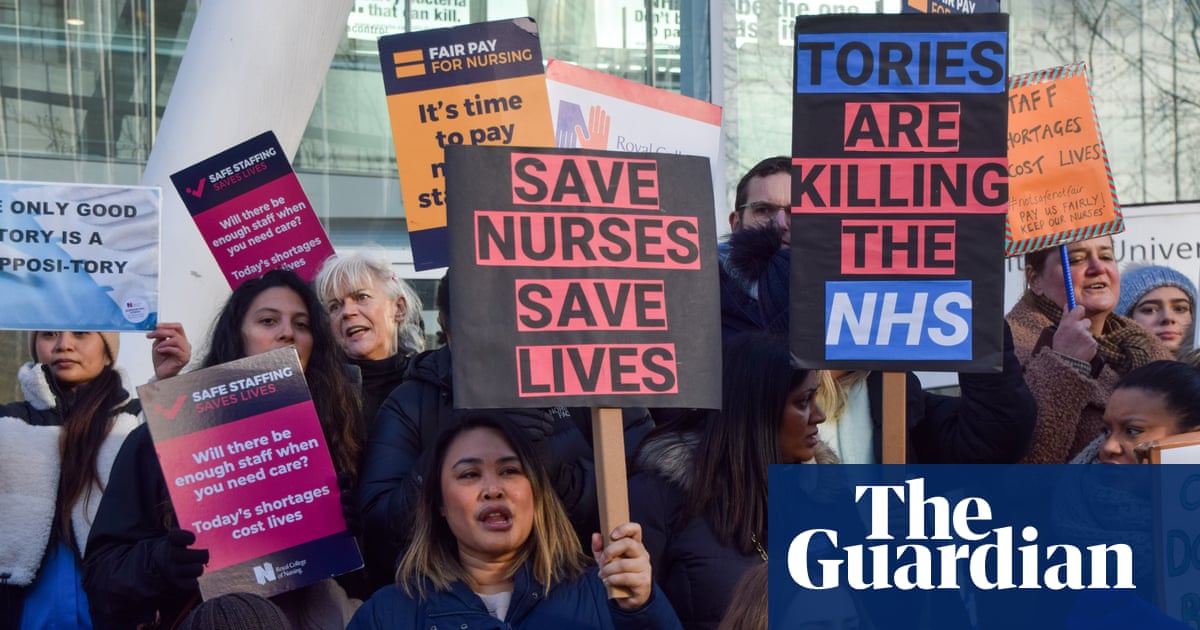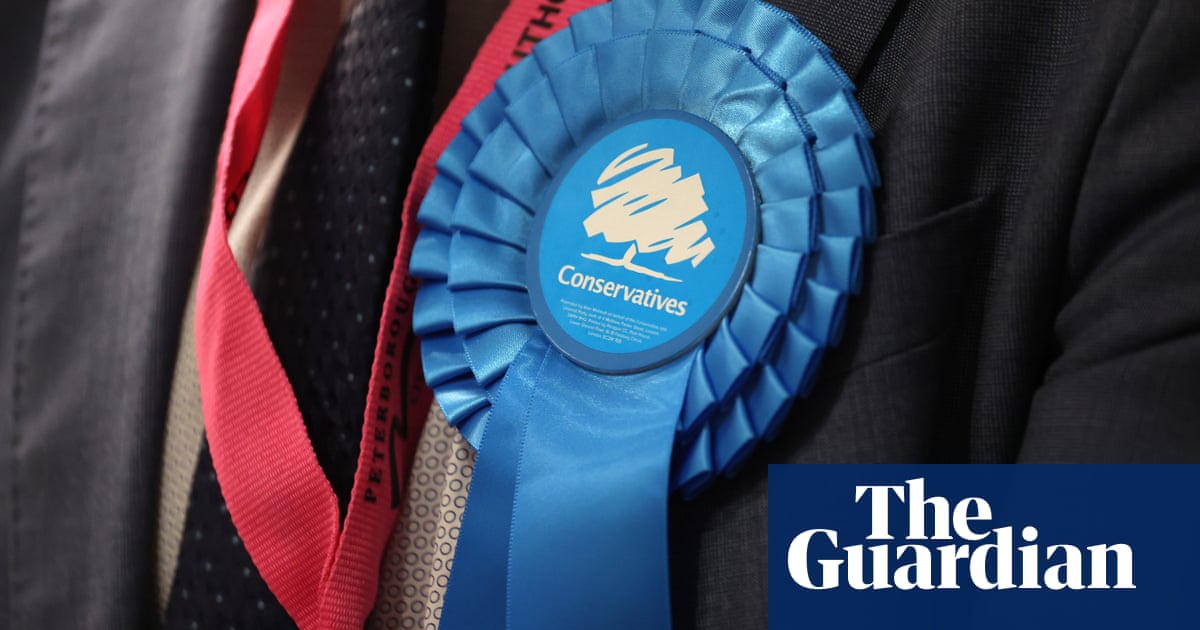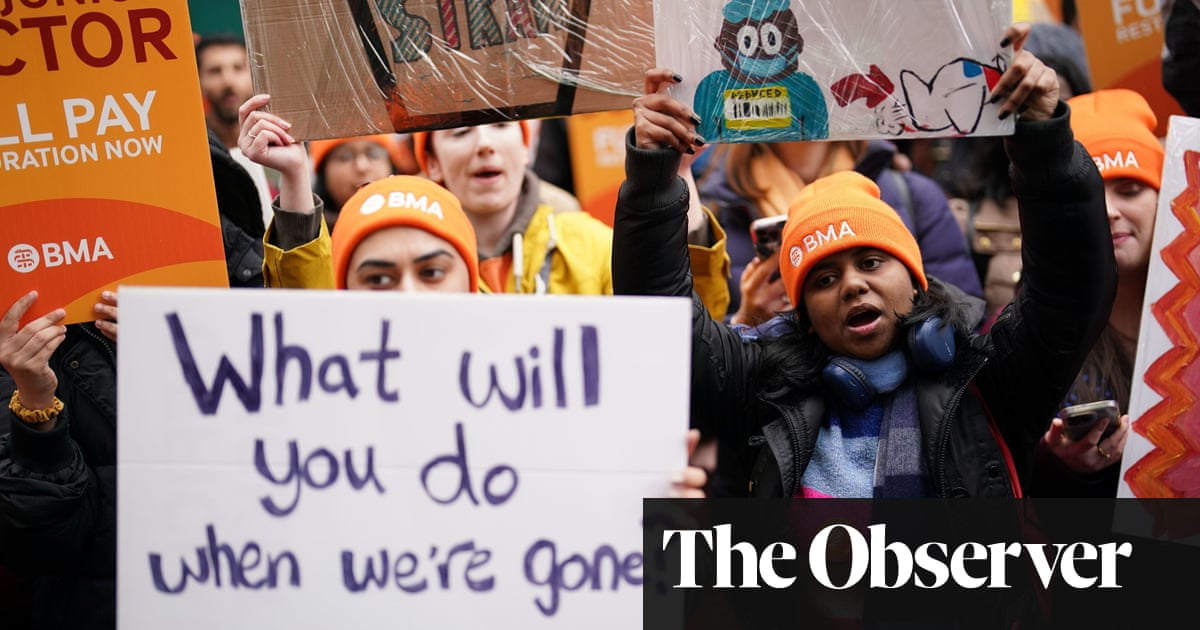
A “blue wall” offensive focusing on the NHS is being plotted by the Liberal Democrats this weekend, amid mounting evidence that the Conservative brand has been significantly damaged among crucial voters in traditional Tory seats.
Lib Dem campaigners charged with securing a breakthrough in seats in the south-east are gathering in a Staffordshire hotel this weekend, as all the parties begin to sketch out their early general election planning. The group will be told that the usual tactic of targeting liberal Tory voters in affluent areas with messages about the economy will be dialled down, after the NHS crisis was found to be resonating significantly in these areas.
A “message testing” operation in Hertfordshire surprised the campaign team as health issues dominated on the doorsteps. New mailshots across several south-east counties have already been drawn up, concentrating on A&E problems, ambulance waiting times and access to dentistry.
“The feedback was overwhelming – it was all health,” said a party source. “Even if people had not been impacted by NHS delays themselves, they knew someone who had been, and therefore they were angry about it too. It now looks like the ‘blue wall’ will be voting on health issues at the next election, not just the economy.”
The data giving Lib Dems most hope is a new internal poll suggesting large numbers of voters in the seats blame the Tory party itself, more than former prime ministers Boris Johnson and Liz Truss, for the economic pain facing Britain. The polling, conducted by Savanta between 13 and 15 January, found that 63% of voters say that the Conservative party is responsible for the problems Britain currently faces. This figure rises slightly to 66% among Conservative voters who backed Remain in the referendum, seen as the blue wall demographic.
The polling also suggests Rishi Sunak is not managing to arrest this brand damage. It shows he is not far behind Johnson in terms of the share of voters who regard him as responsible for Britain’s problems. His 45% figure is just below Johnson’s 50%.
Lib Dem strategists call the weariness among pro-Remain Tory voters in these seats the “just not cricket” effect, after hearing the phrase during the successful 2021 Chesham and Amersham byelection. Insiders said that they are now looking to target entire counties – including Cambridgeshire, Hertfordshire and Surrey – where many of the Tory base are weary of the party.
The summit shows the pressures Sunak is under as he attempts to hold his party together after months of internal warring. He is also facing competing demands from both MPs and voters on opposite wings of his Tory party. He has already been criticised by the right for appearing to rule out tax cuts this year, as well as facing criticism from “red wall” MPs over the amount of levelling up funding heading to the south-east.
The Lib Dems are attempting to learn the lessons from a botched election campaign in 2019, when the then leader, Jo Swinson, threw the party behind an anti-Brexit campaign. She ultimately lost her seat to the SNP and a subsequent report into the campaign, which saw the number of Lib Dem MPs fall from 21 to 11, described it as a “high-speed car crash”.
Planners are now concentrating on those blue wall counties that they believe will contain winnable seats after constituency boundary changes are confirmed later this year. High on the hitlist is the Esher and Walton seat of Dominic Raab, the deputy prime minister and justice secretary. All the parties are planning for a spring 2024 election, although many Tories believe it is more likely to take the place in the autumn of next year.
A Lib Dem source said the same mistake was not going to be made next time. “We will be making sure at the next election in blue wall marginals that voters know that only the Liberal Democrats can oust these out-of-touch Conservative MPs,” they said. “We will focus our firepower on those ultra-marginals. The party is now well and truly in general election mode.”












